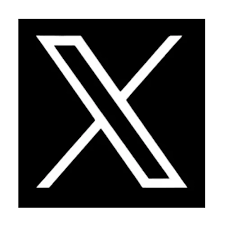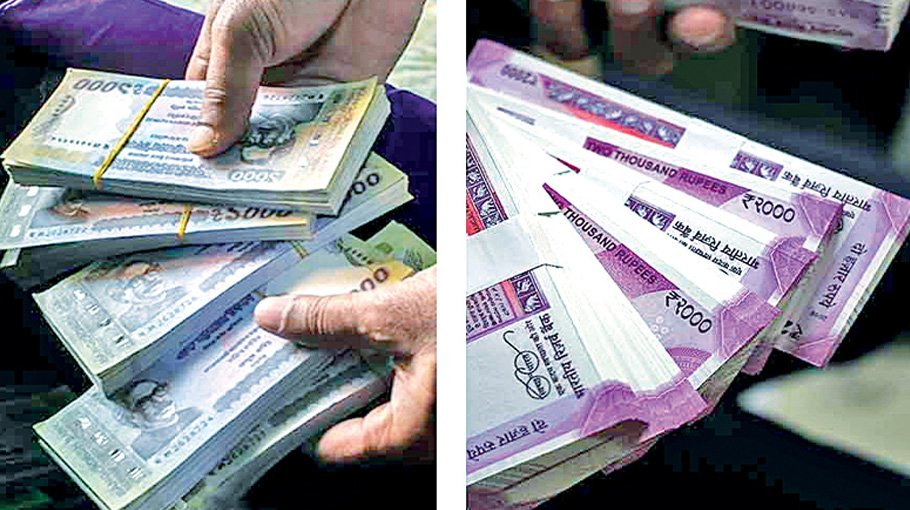Transaction in Taka, Rupee thru four local banks

Following the recent US dollar crisis, a policy decision has been taken between Bangladesh and India to conduct transactions of all trade in taka and rupee through four banks.
Sonali Bank and Eastern Bank of Bangladesh will open transaction accounts in State Bank of India and ICICI Bank for implementation of this decision. Similarly, two Indian banks will open accounts in these two banks in Bangladesh.
Analysts believe that the more Bangladesh’s exports increase to India the more trade potential in rupees will increase.
It is known that Bangladesh and India have agreed to trade a part of bilateral commercial transactions in their respective currencies to reduce the pressure on the dollar. The two countries will exchange import and export prices directly through taka and rupee without the involvement of any third currency.
According to Bangladesh Bank, if the banks want to open letter of credit (LC) in Rs., Bangladesh Bank will allow it. Any trader in Bangladesh who wants to open an LC for import or export can do it in Rs. Those concerned said that due to the effect of the Russia-Ukraine war, there is instability in the price of the dollar all over the world.
The price of the dollar in Bangladesh has increased by more than 20 percent. But dollars are not available even at higher prices. In this situation, there is pressure on the reserves while providing dollars.
On the other hand, the import process is being disrupted due to the lack of demand in the banks. In such a situation, many countries are now introducing bilateral transactions in their own currencies instead of dollars.
Earlier, India issued a circular last year regarding India-Bangladesh mutual transactions. Later, Bangladesh Bank scrutinized this matter and found no obstacle in this matter. This transaction will be launched initially through four banks as a pilot program.
Later it will be extended. It is learned that Bangladesh and India have recently discussed a system where transactions do not have to convert the local currency into dollars.
Those traveling to India from Bangladesh will have a dual currency card, where they can add Indian rupees before travel. Similarly, an Indian can add taka to the card while traveling to Bangladesh. In this case the exchange rate will be directly from rupees to rupees or from rupees to rupees. If this method is followed in the case of business with India, the traders will also be able to transact in the fastest time. Last September, India's state-owned bank State Bank of India (SBI) decided to trade with Bangladesh in rupees and taka instead of dollars.
Bangladesh Bank also wants to transact with India in taka and rupee. A delegation from India’s central bank Reserve Bank of India and State Bank of India visited Dhaka earlier this month to discuss how the transaction process between the two countries' own currencies will be. They held a meeting at the private Eastern Bank (EBL) on April 11.
According to the data of Bangladesh Bank, the export amount from Bangladesh to India is about 2 billion dollars. On the other hand, Bangladesh's import from India in the last financial year was about 1 thousand 369 million dollars. As a result, it will be possible to conduct commercial transactions of up to 200 billion dollars between the two countries in taka and rupee.
Earlier after the meeting with Indian counterpart Managing Director of Sonali Bank Md. Afzal Karim told media that it would work well to trade in taka and rupee to reduce the pressure on the dollar. Bilateral trade with India in taka and rupee will benefit both countries. Gradually more banks of the two countries will join this process.



